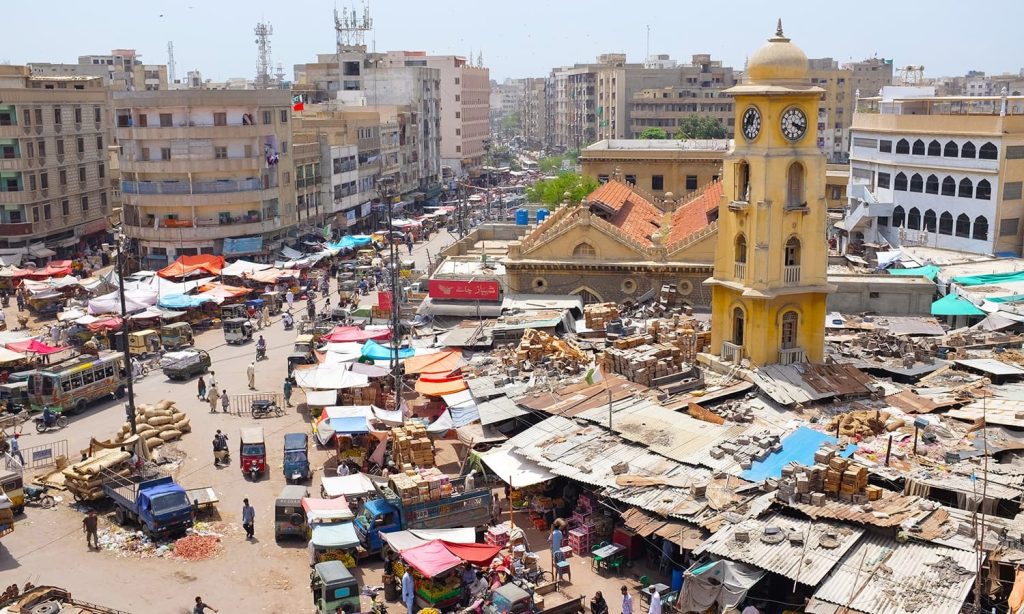Karachi, Pakistan’s sprawling economic hub and a city of immense population, has unfortunately garnered the unenviable distinction of being ranked the fourth worst city to live in globally, according to a recent assessment. This alarming position sheds light on the severe urban challenges plaguing the megacity and raises critical questions about the quality of life for its millions of inhabitants.
The low ranking reflects a culmination of persistent issues that impact daily life in Karachi. Key among these are the crumbling infrastructure, which struggles to keep pace with the city’s rapid growth, resulting in widespread issues such as water scarcity, an unreliable power supply, and dilapidated roads. The city’s public transportation system also faces significant challenges, which contribute to traffic congestion and hinder mobility.
Safety and security remain a considerable concern for Karachites. Despite efforts to improve the law and order situation, perceptions of insecurity continue to affect residents’ sense of well-being and impact economic activity. The healthcare system, similarly, is under immense strain, with limited access to quality medical facilities and services for a vast segment of the population.
Environmental degradation further compounds the city’s woes. Air and noise pollution are rampant, and waste management systems are often inadequate, leading to unhygienic conditions and public health risks. These factors collectively contribute to a diminished quality of life, impacting everything from daily commutes to access to basic amenities.
The continued decline in Karachi’s livability ranking serves as a stark reminder of the urgent need for comprehensive urban planning and significant investment in essential services. Addressing these multifaceted challenges requires a concerted effort from government bodies, civil society, and citizens to transform Karachi into a more sustainable, safe, and livable city for its present and future generations.



Comments (0)
No comments yet. Be the first to comment!
Leave a Comment